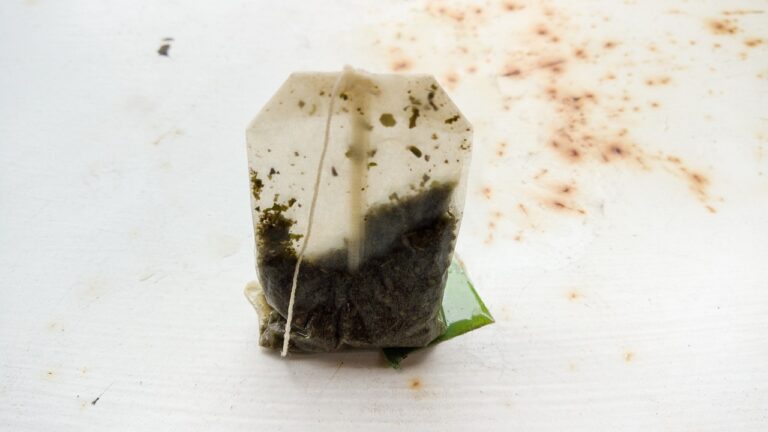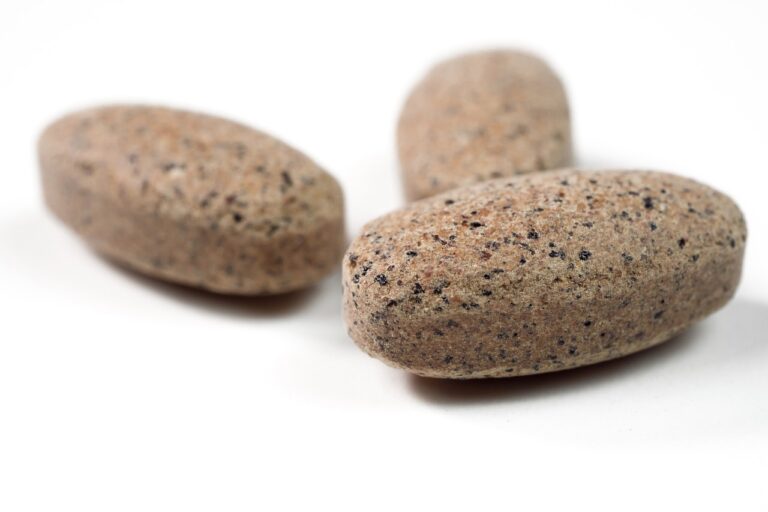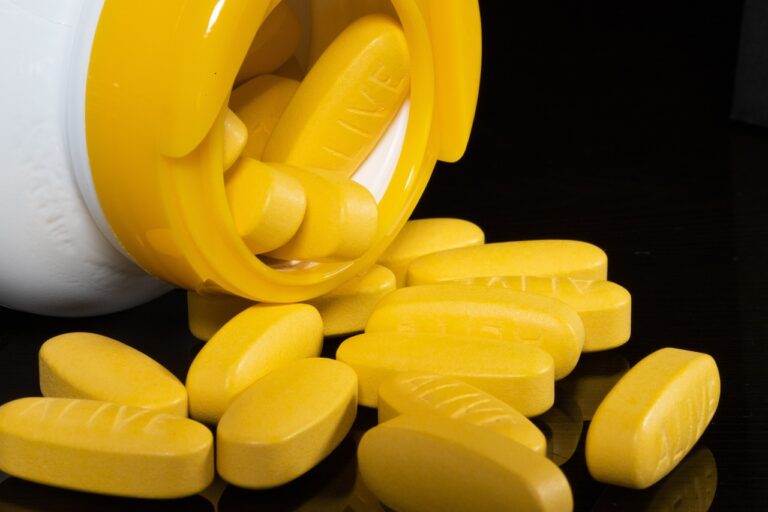Innovative Approaches to Managing High Cholesterol: Stem Cell Treatment in India
High Cholesterol Stem Cell Treatment in India represents a pioneering approach to addressing hypercholesterolemia, a condition that significantly contributes to cardiovascular diseases. Traditional methods primarily focus on lifestyle modifications and pharmacological interventions. However, advancements in regenerative medicine have introduced stem cell therapy as a potential alternative, offering hope for patients seeking more effective and sustainable solutions.
Understanding High Cholesterol and Its Implications
High cholesterol, particularly elevated low-density lipoprotein (LDL) levels, is a major risk factor for the development of atherosclerosis, leading to heart attacks and strokes. The liver plays a crucial role in cholesterol metabolism, and any dysfunction can exacerbate lipid imbalances. While statins and other lipid-lowering agents are commonly prescribed, they may not be suitable for all patients due to side effects or contraindications. This has prompted researchers to explore alternative therapies, including stem cell-based treatments.
The Mechanism of Stem Cell Therapy in Cholesterol Management
Stem cells possess the unique ability to differentiate into various cell types, including hepatocytes, the primary cells responsible for cholesterol synthesis and regulation. By introducing stem cells into the body, particularly targeting the liver, it’s hypothesized that these cells can integrate into existing tissue and restore normal function. This regenerative approach aims to enhance the liver’s capacity to process and regulate cholesterol levels effectively.
Types of Stem Cells Utilized
-
Autologous Stem Cells: Derived from the patient’s own body, typically from bone marrow or adipose tissue. Using autologous cells reduces the risk of immune rejection and ethical concerns associated with donor cells.
-
Allogeneic Stem Cells: Obtained from a donor, these cells are used when autologous cells are not viable. However, they require careful matching to minimize the risk of immune rejection.
The Procedure of Stem Cell Therapy for High Cholesterol
In India, the procedure for administering stem cell therapy for high cholesterol involves several key steps:
-
Stem Cell Harvesting: Stem cells are collected from the patient’s bone marrow or adipose tissue.
-
Processing and Culturing: The harvested cells are processed and cultured to increase their number and potency.
-
Cell Infusion: The prepared stem cells are then infused into the patient’s body, often through intravenous injection or direct hepatic infusion.
-
Post-Treatment Monitoring: Patients are monitored for any adverse reactions, and regular follow-up assessments are conducted to evaluate the therapy’s effectiveness.
This approach aims to harness the regenerative potential of stem cells to restore normal cholesterol metabolism.
Clinical Outcomes and Research
Emerging studies have indicated promising results for stem cell therapy in managing high cholesterol. Patients undergoing this treatment have shown improvements in lipid profiles, including reductions in LDL cholesterol levels and increases in high density lipoprotein (HDL) cholesterol. Additionally, some studies suggest a decrease in the progression of atherosclerotic lesions, potentially reducing the risk of cardiovascular events.
However, it’s important to note that while these findings are encouraging, stem cell therapy for high cholesterol is still in the experimental stages. Further clinical trials and long-term studies are necessary to fully understand the efficacy and safety of this treatment modality.
Advantages of Stem Cell Therapy for High Cholesterol
-
Targeted Treatment: Directly addresses the underlying cause of high cholesterol by aiming to restore liver function.
-
Potential for Long-Term Benefits: Unlike traditional medications that require lifelong use, stem cell therapy may offer prolonged effects after a single treatment.
-
Reduced Side Effects: By utilizing the patient’s own cells, the risk of immune rejection and adverse reactions may be minimized.
-
Regenerative Potential: Offers the possibility of repairing damaged tissues and restoring normal physiological functions.
Challenges and Considerations
Despite its potential, several challenges and considerations must be addressed:
-
Standardization of Protocols: There is a need for standardized procedures and protocols to ensure consistent and safe application of stem cell therapy.
-
Regulatory Approvals: Stem cell therapies must undergo rigorous regulatory scrutiny to ensure their safety and efficacy.
-
Cost and Accessibility: The high cost of stem cell treatments may limit accessibility for many patients.
-
Long-Term Safety: The long-term effects and safety of stem cell therapy are still under investigation.
The Future of Stem Cell Therapy in Cholesterol Management
The future of stem cell therapy in managing high cholesterol looks promising. Ongoing research aims to refine techniques, improve cell delivery methods, and enhance the scalability of treatments. Advancements in gene editing and tissue engineering may further augment the efficacy of stem cell therapies.
In India, the integration of stem cell therapy into mainstream cardiovascular care could revolutionize treatment paradigms, offering patients a potential pathway to improved heart health and quality of life.
Conclusion
High Cholesterol Stem Cell Treatment in India represents a significant advancement in the treatment of hypercholesterolemia. By harnessing the regenerative capabilities of stem cells, Indian medical centers are at the forefront of offering innovative therapies that address the root causes of high cholesterol. While challenges remain, the progress made thus far provides hope for patients seeking more effective and sustainable treatment options.
As research continues and treatment protocols are standardized, stem cell therapy may become an integral component of comprehensive cardiovascular care, not only in India but globally.







